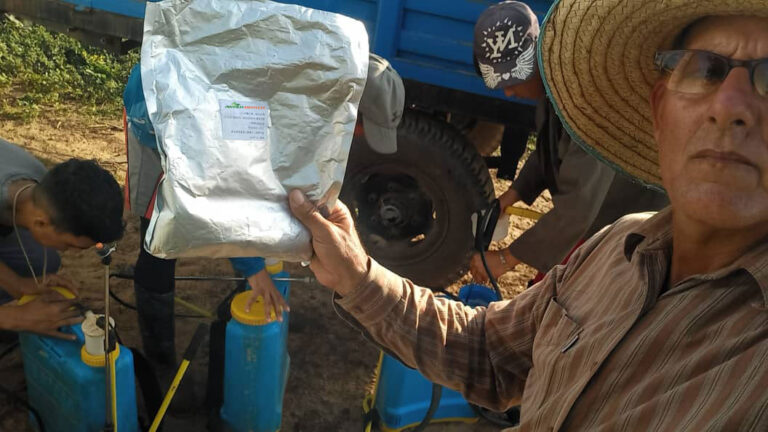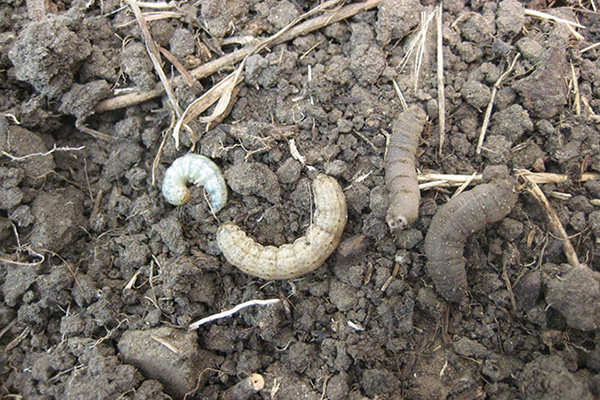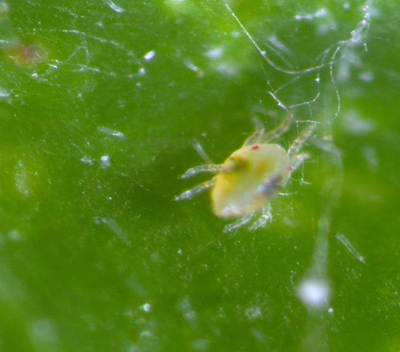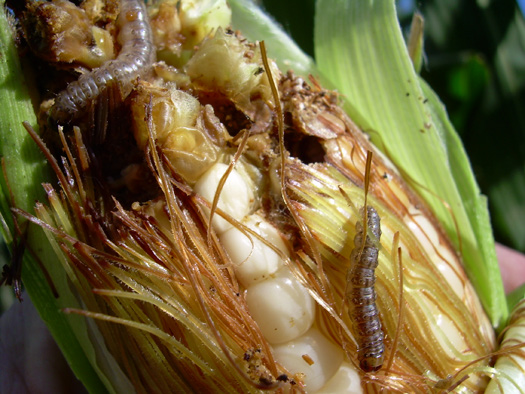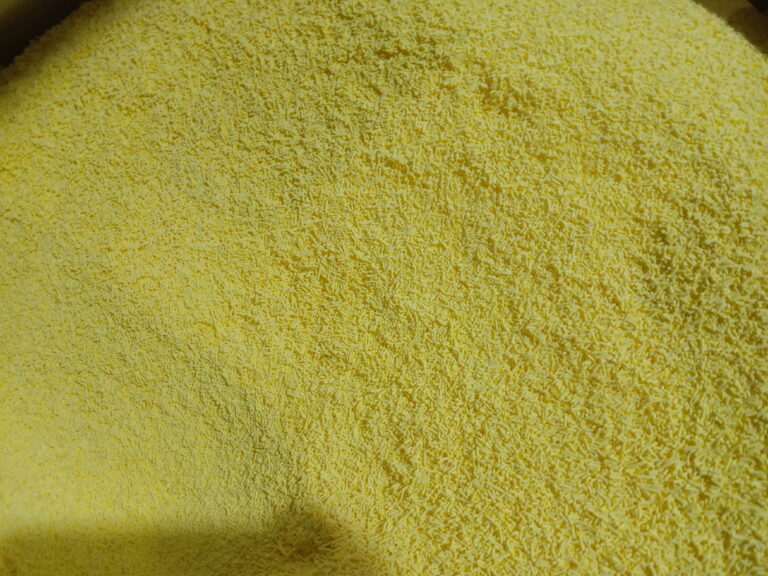Restricted pesticides in different regions of the world
These nine pesticides, oxyfenozide, pymetrozine, clothianidin, imidacloprid, thiamethoxam, thiacloprid, fluopyfuranone, sulfoxaflor, and cyromazine, are very common. These nine pesticides have made huge contributions to global agricultural development. However, as everyone’s research on pesticides becomes more and more in-depth, it is discovered that these pesticides are harmful to the environment. Therefore, some countries and regions have banned and restricted the use of these pesticides. 9 pesticides have been listed as restricted pesticides in different regions.
1, Restricted pesticides-Methoxyfenozide
Banned and restricted countries: European Union (for greenhouse use only).
Analysis of reasons for ban and restriction:
(1) It has not been determined whether the toxic effects on the thyroid gland can be used as endocrine disrupting properties. (2) No in vitro metabolism report was submitted for comparative studies, so it is impossible to determine whether unique human metabolites will be formed; (3) Methoxyfenozide is a persistent toxic substance with a half-life of more than 120 days in soil and water. exceeds the specified value.
Dinotefuran, indoxacarb, pyribuprofen, chlorantraniliprole and other varieties can be used as the main substitutes for methoxyfenozide.
2, Restricted pesticides-Pymetrozine
Prohibited and restricted countries or regions: European Union (prohibited).
Analysis of reasons for ban and restriction:
(1) In various scenarios, the exposure value of the toxicity-related metabolite CGA371075 in groundwater exceeds the drinking water parameter limit of 0.1 μg/L, and several other toxicology-related metabolites are also expected to exceed 0.1 μg/L; (2) Pymetrozine causes adverse effects on endocrine organs in different species and growth stages, but the endocrine organ-disrupting properties of pymetrozine cannot be scientifically evaluated based on available information.
Dinotefuran, sulfonicamid, spirotetramat, pyriproxyfen, and pyriproxyfen can be used as the main substitutes for pymetrozine.
3, Clothianidin
Banned and restricted countries or regions: European Union (can only be used in greenhouses).
Foliar applications of clothianidin are restricted to fruit trees, strawberries, municipal, industrial and residential lawns.
Spraying leaves of cucurbit vegetables such as zucchini, cucumbers, and pumpkins is limited to once a year.
Analysis of the reasons for the ban and restriction: clothianidin may have a high risk to pollinators such as bees.
Dinotefuran, sulfonicamid, fenfefen, spirotetramat, pyriproxyfen, and other varieties can be used as the main substitute products of clothianidin.
4, Imidacloprid
Banned and restricted countries or regions: European Union (can only be used in greenhouses, prohibited for outdoor use). Spraying of fruit-bearing vegetables such as tomatoes, eggplants and peppers before or during flowering is prohibited.
Analysis of the reasons for the ban and restriction: Imidacloprid may have a high risk to pollinators such as bees.
A large number of sub-new pesticide varieties such as dinotefuran, sulfonicamid, spirotetramat, pyriproxyfen, and pyriproxyfen can be used as the main substitutes of imidacloprid.
5, Thiamethoxam
Banned and restricted countries or regions: European Union (can only be used in greenhouses).
Analysis of the reasons for the ban and restriction: Thiamethoxam may have a high risk to pollinators such as bees.
A large number of sub-new pesticide varieties such as dinotefuran, sulfonicamid, spirotetramat, pyriproxyfen, and pyriproxyfen can be used as the main substitutes for thiamethoxam.
6, Restricted pesticides-Thiacloprid
Prohibited and restricted countries or regions: European Union (prohibited).
Analysis of the reasons for the ban and restriction: (1) The groundwater exposure values of thiacloprid metabolites M30, M34 and M46 exceed the drinking water parameter limit of 0.1 μg/L. It is not yet certain whether the thiacloprid metabolites present in groundwater will produce harmful effects on groundwater. The impact is unacceptable, and it cannot be determined that it will not have harmful effects on human health; (2) The risk assessment of thiacloprid on aquatic organisms, bees and non-target plants cannot be completed based on the existing information; (3) Thiacloprid is harmful to reproduction Toxic Class 1B substance.
7, Restricted pesticides-Fluopyfuranone
Prohibited and restricted countries or regions: France (prohibited).
Analysis of reasons for banning and restricting use: Flupyrfuranone may be dangerous to bees.
This product has a wide range of alternatives, such as: spirotetramat, pyriproxyfen, cyantraniliprole, dinotefuran, etc., and is effective against smaller pests such as whitefly, aphids, and thrips. Prevention effect.
8, Sulfoxaflor
Prohibited and restricted countries or regions: France (prohibited).
Analysis of the reasons for the ban and restriction: Sulfoxaflor may be dangerous to bees.
9, Cyromazine
Prohibited and restricted countries or regions: Canada (restricted use recommended).
Analysis of reasons for ban and restriction: It cannot be proved that the harm of cyromazine to human health is acceptable.
Studies have shown that cyantraniliprole, dinotefuran, abamectin, emamectin benzoate, diflubenzuron, and diflubenzuron have good performance in controlling leafminers. It is recommended that relevant enterprises Pay attention.

